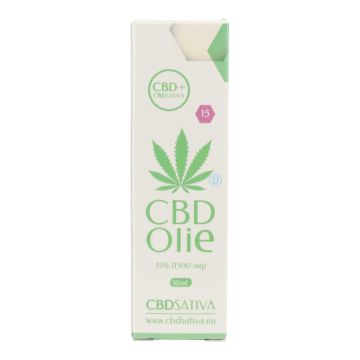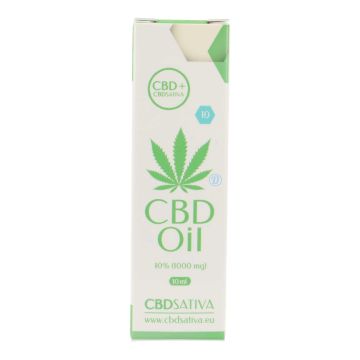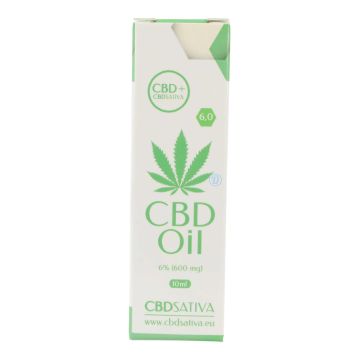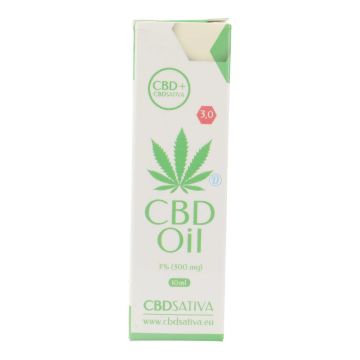CBD oil
CBD-oil: what is it and where does it come from?
CBD oil is a product that is becoming more and more common. But what is it exactly? CBD oil is made from the hemp plant, but which parts of the plant are used to produce oil? And what are the differences between the various types of CBD oil available on the market? In this article, we will explain it to you!
Engaging blogs about CBD oil

Prima winkel, makkelijk en op tijd mijn bestelling ontvangen. Ik raad dat aan.
Ruim assortiment en super snel geleverd. Precies wat ik zocht! Aanrader.
Hemp vs Cannabis Plants
Hemp and cannabis are both part of the Cannabis sativa species, but they serve different purposes. Hemp is cultivated for its fibers, which are used in the production of rope, fabric, and paper, while cannabis is grown for its psychoactive properties. The key distinction between hemp and cannabis lies in their THC content. THC is the compound in cannabis that induces a high, whereas hemp contains minimal THC. Due to its low THC levels, hemp is utilized in the production of CBD oil. Hemp plants are rich in CBD and nearly devoid of THC, making them an ideal source for CBD oil extraction.
How is CBD Oil Produced?
CBD oil is typically extracted from the leaves, flowers, and stems of the hemp plant. The process of producing high-quality CBD oil involves a complex extraction method. The specific extraction technique employed may vary depending on the desired product, such as capsules or oil drops.
Various Extraction Methods
There are multiple extraction methods available, but the two most commonly used are CO2 extraction and ethanol extraction.
The CO2 extraction method is widely employed for CBD oil production. This process involves passing supercritical carbon dioxide through a chamber containing hemp material. The resulting oils are collected, and the CO2 is then evaporated. This method yields a pure product that is free from impurities. Another frequently used method is ethanol extraction, which can be more costly but allows for higher CBD concentrations. In this process, hemp material is soaked in ethanol to extract the oils. The solvent (alcohol) is then evaporated, and the mixture is heated to obtain a more concentrated product.
Different Types of CBD
In general, there are two types of CBD available: raw (full spectrum) and pure. Each type possesses its own distinct characteristics and features.
Raw or full-spectrum CBD oil is derived from the entire hemp plant and contains all the naturally occurring cannabinoids, terpenes, and flavonoids. Pure CBD oil, on the other hand, is produced by isolating the cannabidiol compound and does not contain any other cannabinoids, terpenes, or flavonoids.
Carrier Oils in CBD Oil and Their Differences
CBD oil can be formulated with various carrier oils, including coconut oil, olive oil, or hemp seed oil. Each carrier oil offers its own advantages and disadvantages, so selecting the right one is crucial. Coconut oil is the most popular carrier oil for CBD due to its high content of fatty acids, which aid in absorption within the body. Olive oil is another common carrier oil for CBD, known for its natural anti-inflammatory properties and abundance of antioxidants. Hemp seed oil is a suitable choice for CBD as it contains no THC and is rich in omega-3 fatty acids.
CBD Oil: Different Percentages and Milligrams
CBD oil is available in various percentages, depending on the desired potency. Lower percentage oils typically range from 3% to 5%, while higher percentage oils can reach up to 20%.
The percentage refers to the CBD content in the bottle, not the volume of oil.
For instance, a 5% oil contains 5% CBD and 95% carrier oil. The carrier oil is typically a common vegetable oil like hemp seed oil or olive oil. The strength of the oil is also influenced by the size of the bottle. A small 10ml bottle of 5% CBD oil will contain less CBD compared to a larger 30ml bottle with the same percentage. When choosing an oil, it is important to consider both the percentage and the bottle size. Use our handy filters to explore the differences.





